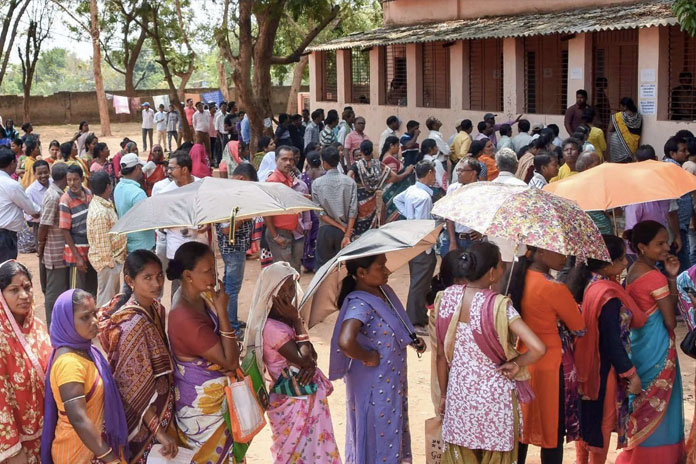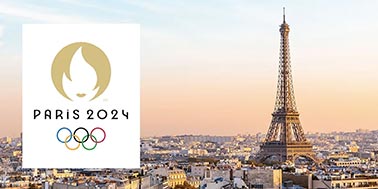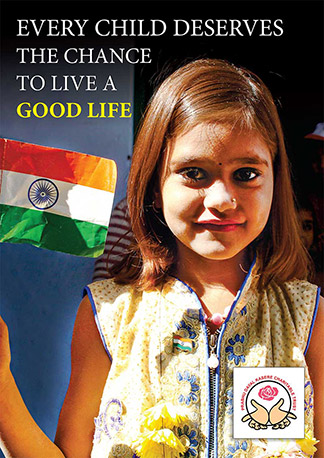New Delhi: The second phase of the ongoing Lok Sabha elections recorded a voter turnout of 66.7 percent, which marks a decline from the 69.64 percent turnout observed in the corresponding phase of the 2019 elections, data stated.
This year’s elections have witnessed a noticeable decrease in voter participation across both phases compared to the previous general elections. During the first phase of the current polls, the turnout was recorded at 65.5 percent, also lower than the 69.43 percent turnout in the first phase of the 2019 elections, despite changes in the constituencies involved and the total seats contested at 91.
The second phase, which took place this Friday (April 26), saw 88 constituencies across 13 states going to the polls. In contrast, the 2019 second phase included 95 constituencies. Sources suggest that the recent heatwave may have deterred voters, impacting turnout figures in both phases of the election.
To mitigate the effects of the severe heat, electoral officials extended polling hours until 6 PM in several stations across Banka, Madhepura, Khagaria, and Munger in Bihar. “Special arrangements were made to ensure voter comfort in the challenging weather conditions, including the provision of ‘shamiyana’ (canopy tents), drinking water, medical kits, and fans at the polling stations,” stated an election official.
Polling times generally run from 7 AM to 6 PM but can vary based on several factors including the terrain, time of sunset, and the prevailing security situation.
Over 15.88 crore voters were eligible to cast their votes in the second phase, which included 8.08 crore male, 7.8 crore female, and 5,929 third-gender voters. The decline in turnout has raised concerns among political analysts and parties, given the significant number of eligible voters and the extensive preparations made to facilitate the electoral process.
The ongoing trends of lower voter turnout compared to the last general election have sparked discussions about voter engagement and the effectiveness of current strategies to encourage electoral participation. Further analysis and official data from the Election Commission will be crucial in understanding the full scope and implications of this trend in voter behavior.










